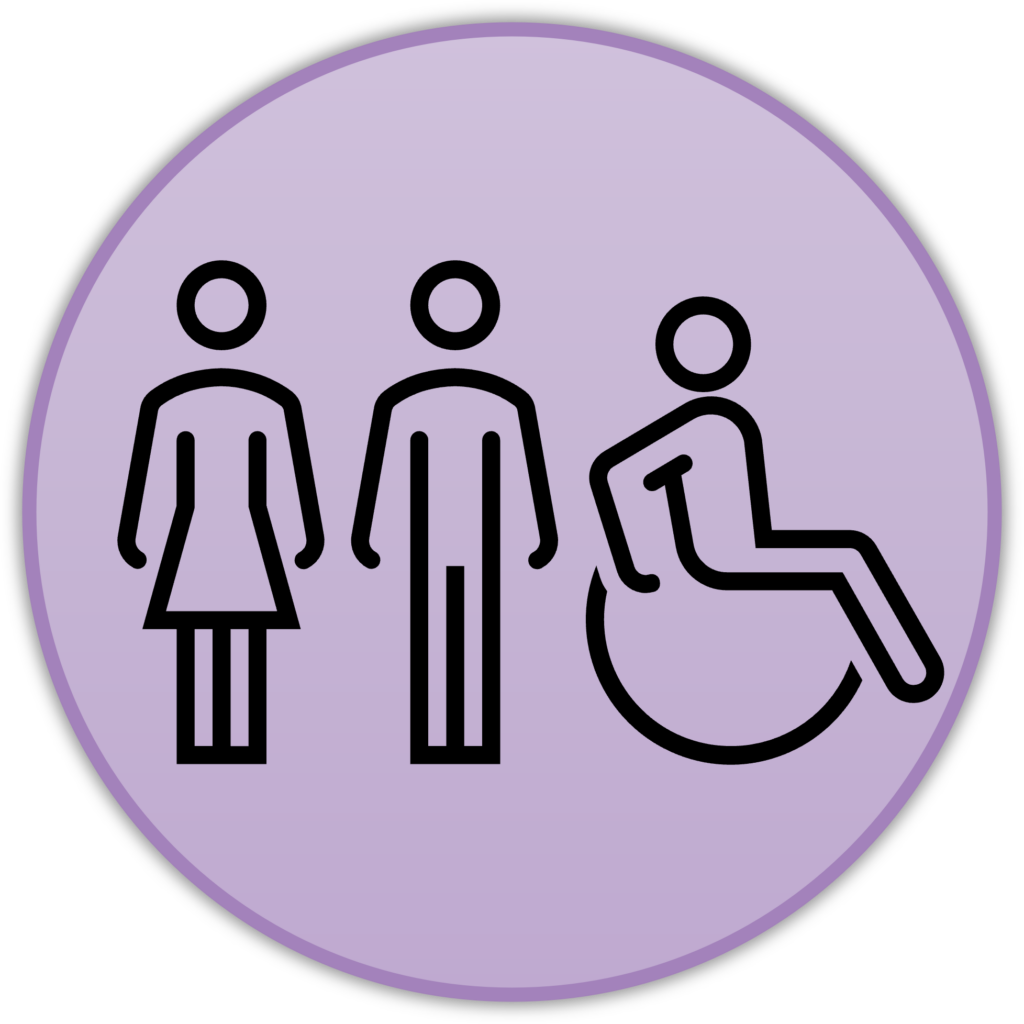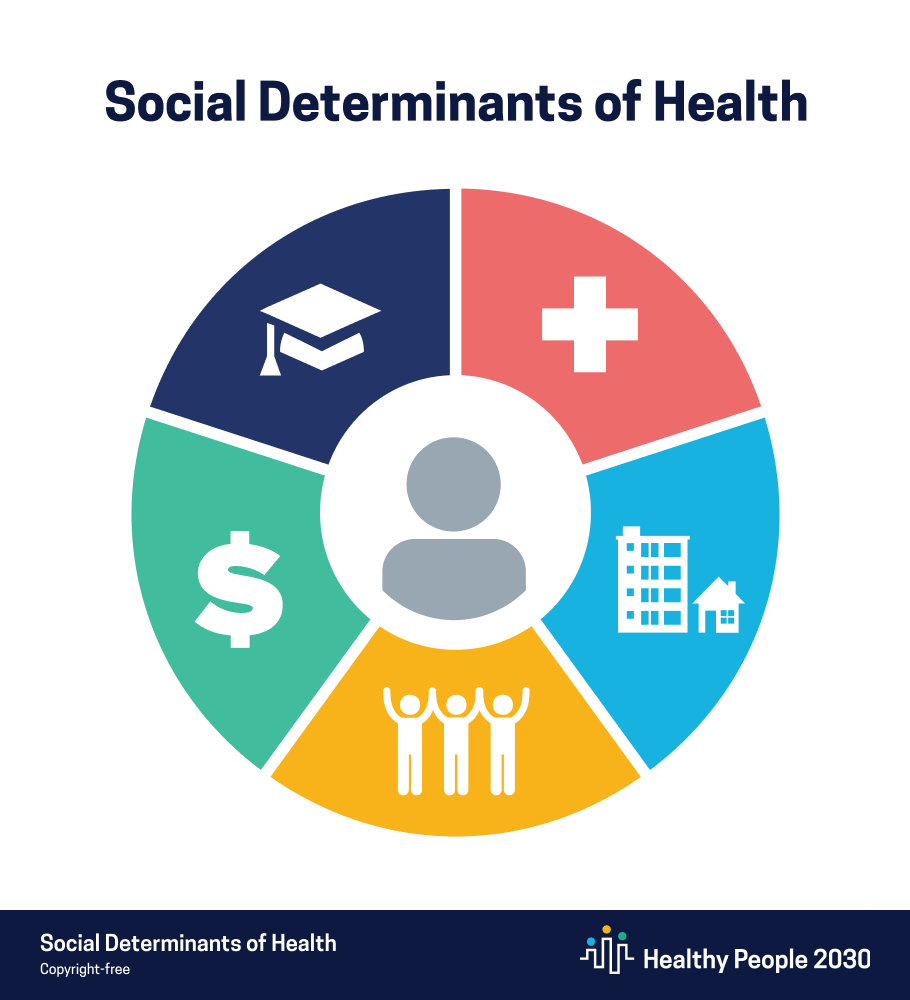Inclusion, Diversity, Anti-Racism, and Equity (IDARE)
Inclusion, diversity, anti-racism, and equity are essential for fostering communities where everyone can thrive. Racism and bias are fundamental causes of health inequities and poor health outcomes. While health equity is a focus throughout the CHIP, IDARE is a distinct priority area to address specific issues in the region’s health systems and address concerns of local communities. The vision is to transform health and public health systems to increase inclusion, well-being, and community empowerment.
Goals
- Change systems, remove barriers, nurture equity, and improve well-being
- Increase inclusion, diversity, antiracism, and equity (IDARE) and gender justice education and accountability measures in the system of services
- Improve the process of collecting, using, owning, and sharing data by creating a data task force

Join our Data Quality Improvement Task Force
The Linn Benton Lincoln Health Equity Alliance (LBLHEA) and the Mid Willamette Trans Support Network (MWTSN) are excited to announce an opportunity to join our Interim Data Quality Improvement Task Force focused on advancing health equity through better data collection, usage, ownership, and sharing.
This initiative is a key part of the Inclusion, Diversity, Anti-Racism, and Equity (IDARE) priority of the Community Health Improvement Plan

Social Determinants of Health are the condtions in the environments where people are born, live, work, play, worship, and age that affect a wide ranger of healh, functioning, and quality-of-life outcomes and risks. Learn more from Healthy People 2030.
The PCH uses the following definitions for IDARE:
Health Equity
No individual, group, or person experiences worse health outcomes or unequal access to health support because of factors that are beyond their control or result from injustice.
Inclusion
Creating spaces where all people are valued and empowered
Diversity
Celebrating human differences
Anti-racism
Actively confronts and transforms systems of oppression and discrimination based on race
Equity
Addresses systemic barriers and provides access to opportunities and resources.
Goal 1: Improve equity and well-being
This goal focuses on improving the well-being of individuals and the community through equitable health systems. Partners will make significant and sustainable changes to promote individual and community health, well-being, and happiness. Care that is culturally/linguistically appropriate, gender affirming, and trauma informed is key to this goal.
Goal 1 strategies
- Develop community-driven practices that embed equity principles in the removal of institutional barriers
- Build accountability measures for providers and community members.
- Increase the number of culturally and linguistically appropriate service providers by removing institutional barriers and uplifting communities into these roles.
Goal 2: Increase education and accountability
This goal focuses on positive system changes through education, community engagement, and action. Trust and healthy relationships between providers and community members are essential to achieving this goal. We seek to start an ongoing process to connect system providers and community members in a way that honors and respects (IDARE) and gender justice.
Goal 2 strategies
- Grow and maintain a healthy behavioral health provider workforce by addressing retention strategies, burnout, and recruitment
- Improve equitable access to culturally and linguistically appropriate service (CLAS) providers.
- Provide resources and funding to community members around participation in decision-making bodies and advocacy.
Goal 3: Improve data quality
This goal focuses on improving data collection systems through community engagement, transparency, and trauma-informed approaches. The strategies around collecting and using data will reflect best practices for inclusion, diversity, antiracism, and gender justice. Both qualitative and quantitative data will be used to highlight specific details within data (e.g., gender, sexual identity, race) that are not always fully represented.
Goal 3 strategies
- Change strategies for gathering data to reflect inclusion, diversity, antiracism, and equity (IDARE) and gender justice.
- Centralize and coordinate data collection.
- Disaggregate data using a combination of quantitative (statistical) data and qualitative data (people’s experiences).
What we’re measuring:
We’re working to address systemic inequities, improve cultural competence, and ensure all voices are represented in community health initiatives.
Why it matters:
Equity and inclusion are vital for creating healthier, more connected communities where everyone has the opportunity to thrive.
Key Progress measures:
- Increase in the number of culturally and linguistically appropriate service (CLAS) providers.
- Development and implementation of equity-focused policies and data collection practices.
- Enhanced perceptions of belonging, equity, and inclusion across diverse communities.